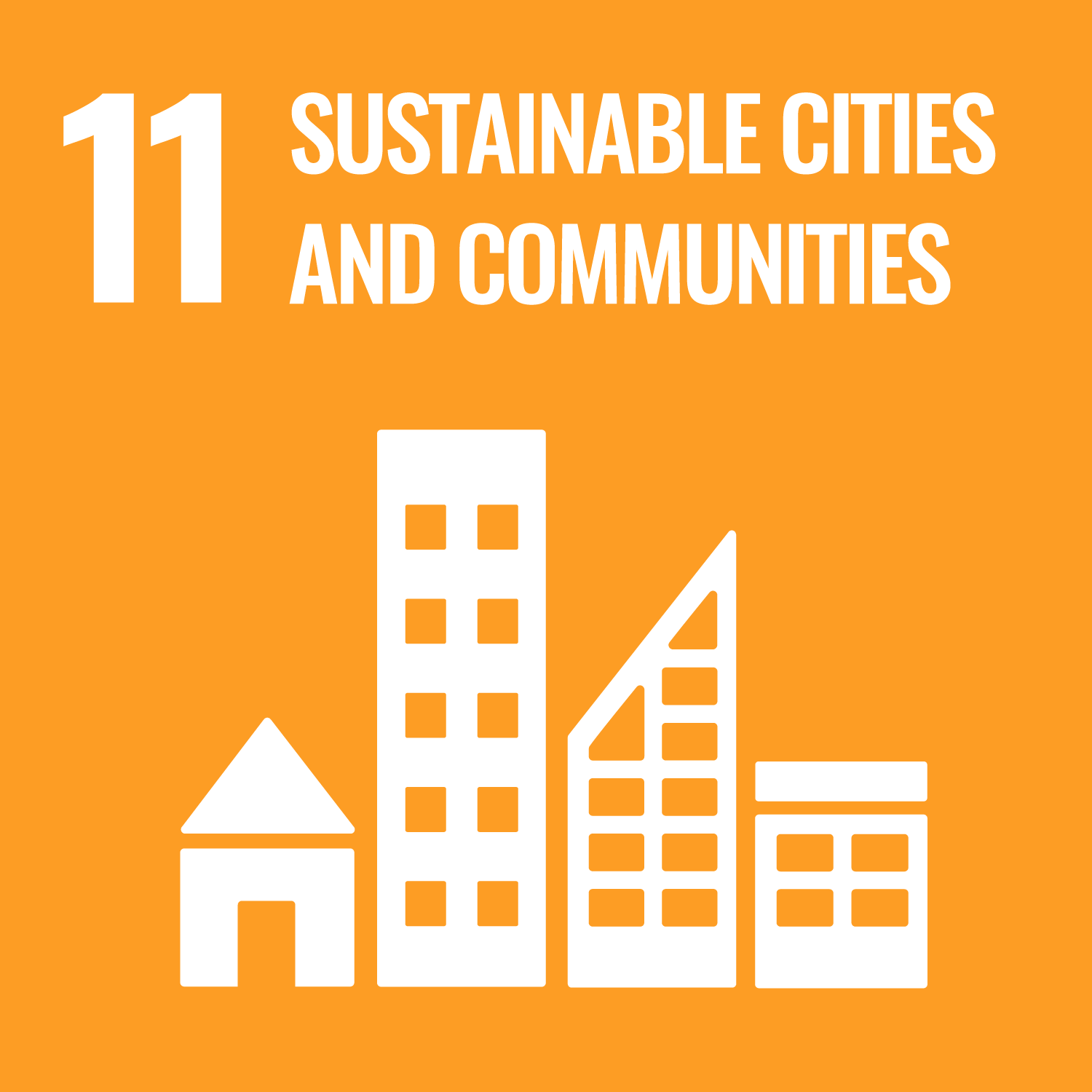In this class, the structural dynamics problem is formulated for simple elastic structures, which can be idealized as single-degree-of-freedom
(SDF) Systems, and some methods for solving the differential equation governing the motion of the structure are reviewed.
We then study the dynamics response of linearly elastic systems in free vibration, to harmonic and periodic excitation. After
presenting a numerical time-stepping method for calculating the dynamic response of SDF Systems, the earthquake response of
linearly elastic systems is studied, and response spectra are presented.
- Understand SDOF systems
- Understand the dynamic response of structures
- Understand the response spectrum
| report | Total. | |
|---|---|---|
| 1. | 30% | 30% |
| 2. | 40% | 40% |
| 3. | 30% | 30% |
| 4. | 0% | 0% |
| Total. | 100% | - |
Evaluation of your score will be made with final report.
A total score of 60 or more is considered to be a pass, and it is evaluated you reached the achievement goal.
A total score of 60 or more is considered to be a pass, and it is evaluated you reached the achievement goal.
| Class schedule | HW assignments (Including preparation and review of the class.) | Amount of Time Required | |
|---|---|---|---|
| 1. | Ⅰ. Major earthquakes in Japan | Read provided materials | 190minutes |
| 2. | Ⅱ. Single-Degree-of-Freedom (SDOF) System -Part.1- ・Equation of motion for SDOF System ・Undamped free vibration ・Damped free vibration |
Read provided materials | 190minutes |
| 3. | Ⅱ. Single-Degree-of-Freedom (SDOF) System -Part.2- ・Damped free vibration (continued) ・Response to harmonic excitation |
Read provided materials | 190minutes |
| 4. | Ⅱ. Single-Degree-of-Freedom (SDOF) System -Part.3- ・Response to harmonic excitation (review)+Exercise ・Numerical Evaluation of Dynamic Response by the Central Difference Method |
Read provided materials | 190minutes |
| 5. | Ⅱ. Single-Degree-of-Freedom (SDOF) System -Part.4- ・Response spectrum Ⅲ. Estimation of the natural period of a building ・Introduction to seismograph ・Microtremor measurement to estimate the natural period of our building |
Read provided materials | 190minutes |
| 6. | Ⅲ. Estimation of the natural period of a building ・Spectral Analysis |
Read provided materials | 190minutes |
| 7. | Ⅳ. Seismic monitoring system on our campus ・Characteristics of the buildings ・Records during the 2011 Great East Japan Earthquake ・Field trip to the base isolation layer Ⅴ. Explanation of report assignment |
Review whole part of this class | 190minutes |
| Total. | - | - | 1330minutes |
| ways of feedback | specific contents about "Other" |
|---|---|
| Feedback in the class |
- Course that cultivates an ability for utilizing knowledge
| Work experience | Work experience and relevance to the course content if applicable |
|---|---|
| N/A | 該当しない |
Last modified : Sat Jun 29 04:19:02 JST 2024

